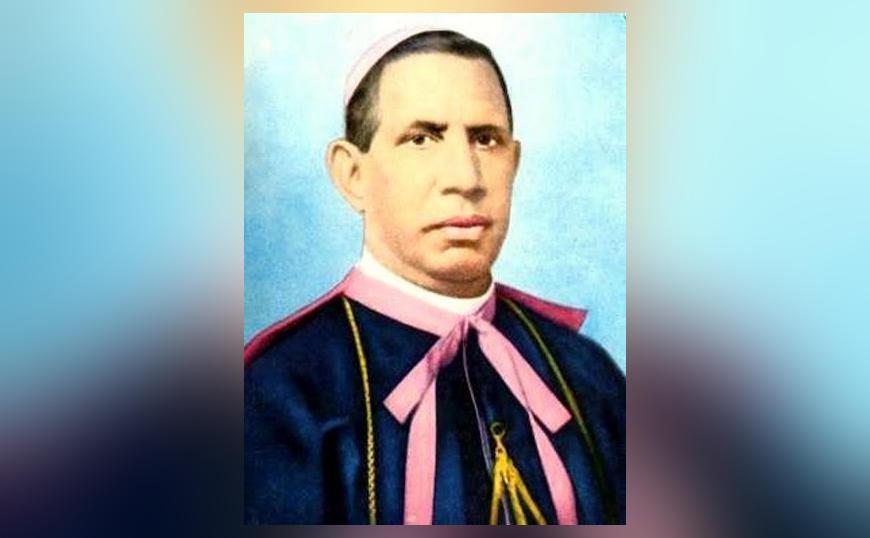
What is Venerable, the Title Awarded Before Sainthood that Pope has Given to an Indian Bishop?
In a significant development, Pope Leo XIV has declared Indian Bishop Matthew Makil as a ‘Venerable’, a title awarded to a deceased person recognized by the Pope as having lived a heroically virtuous life. This is a crucial step in the process of declaring a saint, and it marks a significant milestone in the journey of Bishop Makil towards sainthood.
In the Catholic Church, the process of declaring a saint is a rigorous and multi-step process. It begins with the introduction of a Servant of God, which is typically done by the bishop of the diocese where the person lived and died. This is followed by an investigation into the person’s life and virtues, which is conducted by a team of experts and theologians. If the investigation finds that the person lived a life of heroic virtue, the petition is sent to the Congregation for the Causes of Saints in Rome.
If the Congregation approves the petition, the person is declared ‘Venerable’ by the Pope. This is a significant title, as it recognizes that the person lived a life of extraordinary virtue and heroism. However, it’s not the final step in the process. To be declared a ‘Blessed’, a Venerable person must be credited with performing at least one miracle, which is typically a miracle that occurs after their death. A second miracle is required for the person to be declared a ‘Saint’.
In the case of Bishop Matthew Makil, his journey to sainthood began with an investigation into his life and virtues. The investigation found that he lived a life of extraordinary heroism and virtue, and his extraordinary devotion to God and the Church was evident throughout his life. The Congregation for the Causes of Saints approved the petition, and Pope Leo XIV declared him Venerable.
Bishop Makil was born in 1949 in Kerala, India, and was ordained as a priest in 1976. He served as a priest and later as a bishop in the Syro-Malabar Church, which is a major archeparchy of the Syro-Malabar Catholic Church. He was known for his tireless work among the poor and marginalized, and his dedication to promoting social justice and human rights.
Throughout his life, Bishop Makil was recognized for his extraordinary virtues, including his humility, charity, and devotion to prayer. He was also known for his ability to bring people together and to promote unity and reconciliation.
The declaration of Bishop Makil as Venerable is a significant step forward in his journey to sainthood. While it’s not the final step, it marks a major milestone in the process and recognizes his extraordinary virtues and heroism.
The Process of Declaring a Saint
The process of declaring a saint is a rigorous and multi-step process that involves several stages. Here’s an overview of the process:
- Introduction of a Servant of God: The process begins with the introduction of a Servant of God, which is typically done by the bishop of the diocese where the person lived and died.
- Investigation: The investigation into the person’s life and virtues is conducted by a team of experts and theologians. This stage involves gathering testimonies from people who knew the person and reviewing their writings and other documents.
- Declaration of Heroic Virtue: If the investigation finds that the person lived a life of heroic virtue, the petition is sent to the Congregation for the Causes of Saints in Rome.
- Declaration of Venerable: If the Congregation approves the petition, the person is declared ‘Venerable’ by the Pope.
- Miracle: To be declared a ‘Blessed’, a Venerable person must be credited with performing at least one miracle, which is typically a miracle that occurs after their death.
- Beatification: If a miracle is attributed to the intercession of the Venerable person, they are declared ‘Blessed’ by the Pope.
- Canonization: A second miracle is required for the person to be declared a ‘Saint’. If a second miracle is attributed to their intercession, they are declared a ‘Saint’ by the Pope.
Conclusion
The declaration of Bishop Matthew Makil as Venerable is a significant step forward in his journey to sainthood. It recognizes his extraordinary virtues and heroism, and marks a major milestone in the process. While it’s not the final step, it’s an important recognition of his life and work, and sets the stage for further investigation and eventual canonization.



